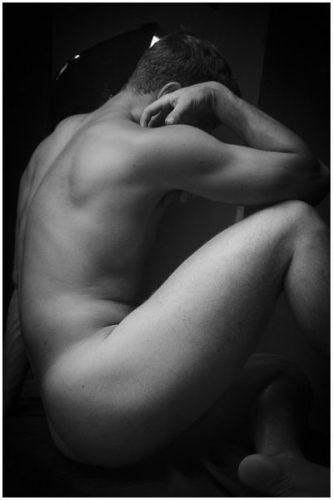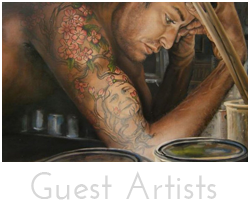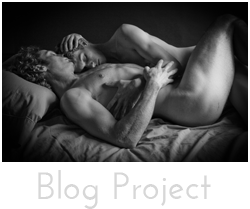 It is raining yet again today in Montana and the skies are very gray. Which brings to mind one of the most fundamental elements of photography; an understanding about 18% gray. The idea that has been around probably since the beginning of photography. It is the shade of neutral gray that balances light for the camera to create a near perfect exposure. Our world is made up of many tones, some light, some dark. Your camera meter reads and their sensors or films stocks record the reflectance of light off of subjects. For instance dark objects, such as a black cat, absorbs light and does not emit much reflectance, whereas a man in a white shirt has a lot of reflectance and shows up lighter or brighter, skin tones fall somewhere in between. The great photographer Ansel Adams spent a life time establishing and defining these shades into 10 distinctive tones called the Zone System. This basic principal of photography was that when all these tones from light to dark and all the various gradations in between were combined they most often resulted in an overall 18% gray tone. Camera meters were calibrated with this principal in mind, and still remains the standard into the modern digital era.
It is raining yet again today in Montana and the skies are very gray. Which brings to mind one of the most fundamental elements of photography; an understanding about 18% gray. The idea that has been around probably since the beginning of photography. It is the shade of neutral gray that balances light for the camera to create a near perfect exposure. Our world is made up of many tones, some light, some dark. Your camera meter reads and their sensors or films stocks record the reflectance of light off of subjects. For instance dark objects, such as a black cat, absorbs light and does not emit much reflectance, whereas a man in a white shirt has a lot of reflectance and shows up lighter or brighter, skin tones fall somewhere in between. The great photographer Ansel Adams spent a life time establishing and defining these shades into 10 distinctive tones called the Zone System. This basic principal of photography was that when all these tones from light to dark and all the various gradations in between were combined they most often resulted in an overall 18% gray tone. Camera meters were calibrated with this principal in mind, and still remains the standard into the modern digital era.
When I first began my process of photography I carried around a gray card in my camera bag. I could set this gray card up in any lighting situation, point my camera at it, take a meter reading, lock that reading into the control, and know that I would always get a perfect exposure. I particularly used it in color slide films, because the latitude of tones the film could actually read was so narrow, that it was easy to mess up the exposure and destroy an entire roll of film. Once I became familiar with the quality of those tones, I could begin to balance them in my head. Look at a scene, evaluate the dominance of tones and adjust accordingly. For instance: on a beach, or in the snow, the overall tones of a scene are brighter. So bright I would need to add 2 more stops of light to make the exposure come out correct. The modern cameras with all the multi-facetted means of reading multi-points of reflectance now adjust for this accordingly and most people get great exposures only relying on automatic. But they are still far from perfect. After all it is only a mechanical device. It still takes a human eye, to see the remarkable range of tones and adjust for them.
Most cameras have a built in exposure compensation on them, even in automatic mode. The next time you take a picture and you look at it in your view finder and it just doesn’t seem right, play with adding or subtracting just a little more light, it will indicate a + or – on the camera and you will know the principles of 18% gray are at play and your images will suddenly pop and you will know you are right on. Most people don’t realize such a simple feature is on their cameras, generally very simple to access or work, and give you one more step in refining your creative vision.



